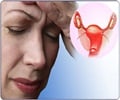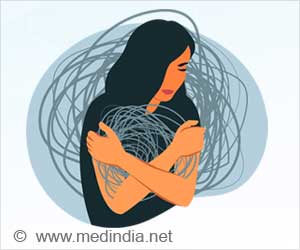
"Children with anxious temperaments suffer from extreme shyness, persistent worry and increased bodily responses to stress," says Ned H. Kalin, chair of psychiatry at the University of Wisconsin-Madison School of Medicine and Public Health, who led the research.
"It has long been known that these children are at increased risk of developing anxiety, depression, and associated substance abuse disorders."
The new study by Kalin and colleagues demonstrated that increased brain activity in the amygdala and anterior hippocampus could predict anxious temperament in young primates.
"We believe that young children who have higher activity in these brain regions are more likely to develop anxiety and depression as adolescents and adults and are also more likely to develop drug and alcohol problems in an attempt to treat their distress," says Kalin.
The study has been published in the Aug. 12 edition of the journal Nature.
Advertisement















